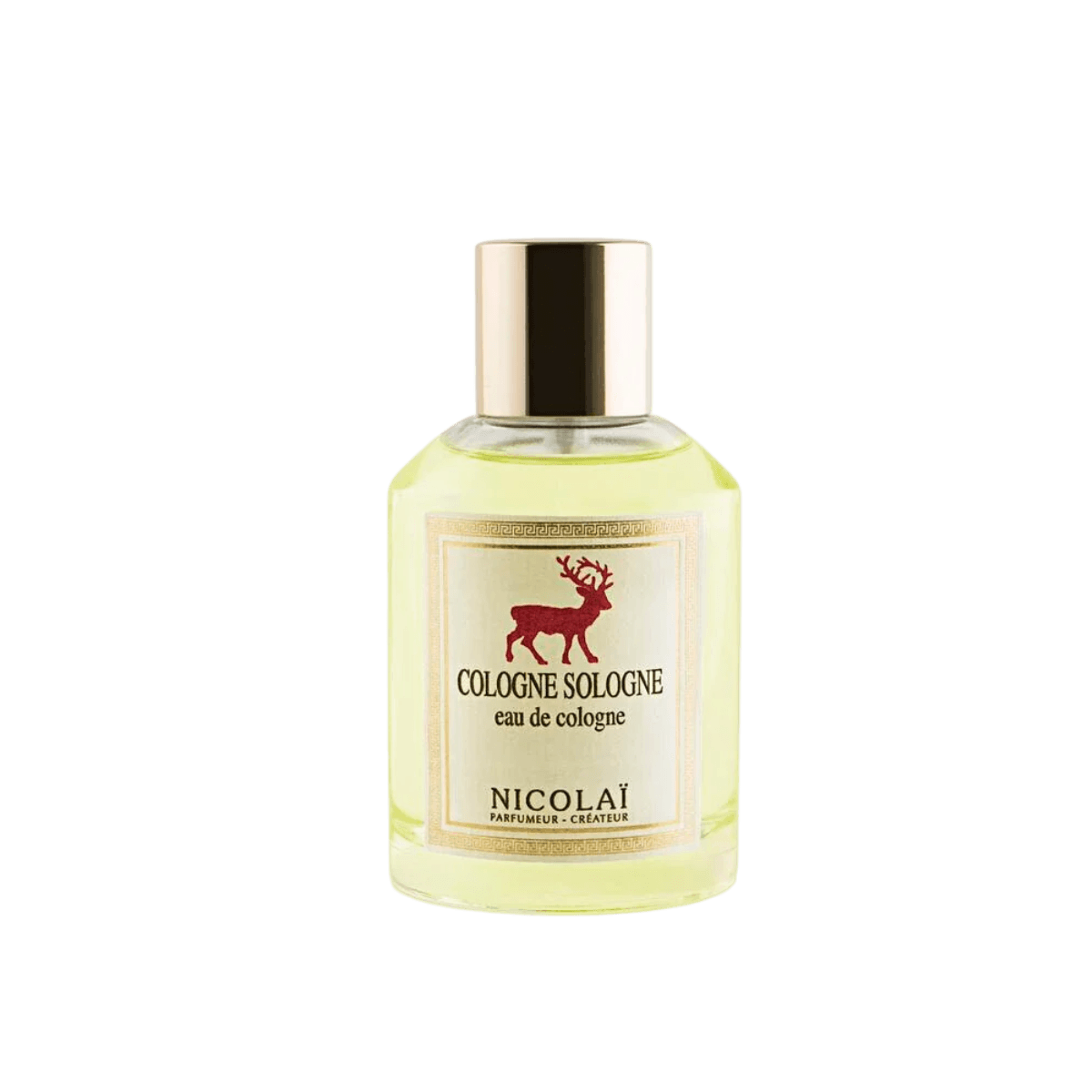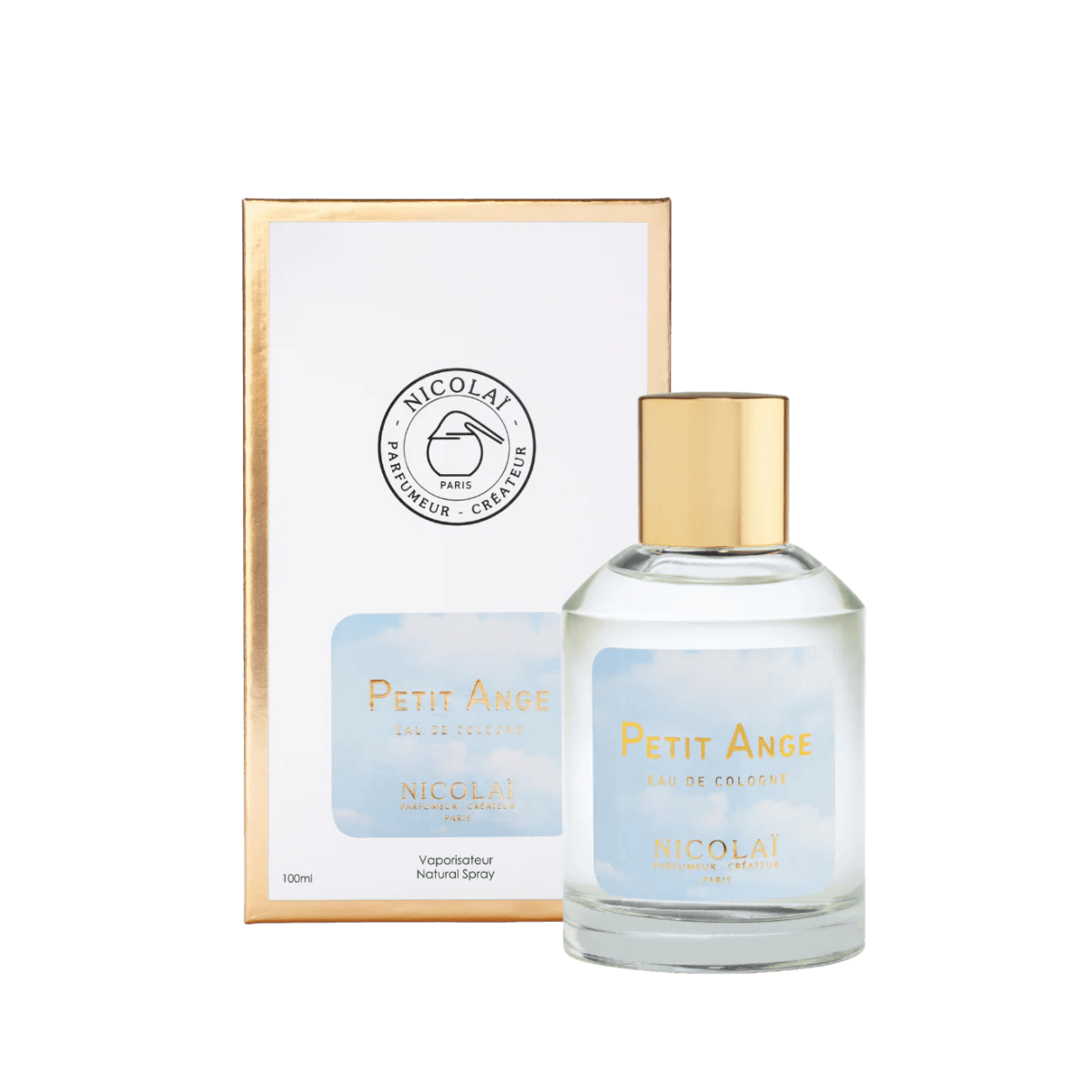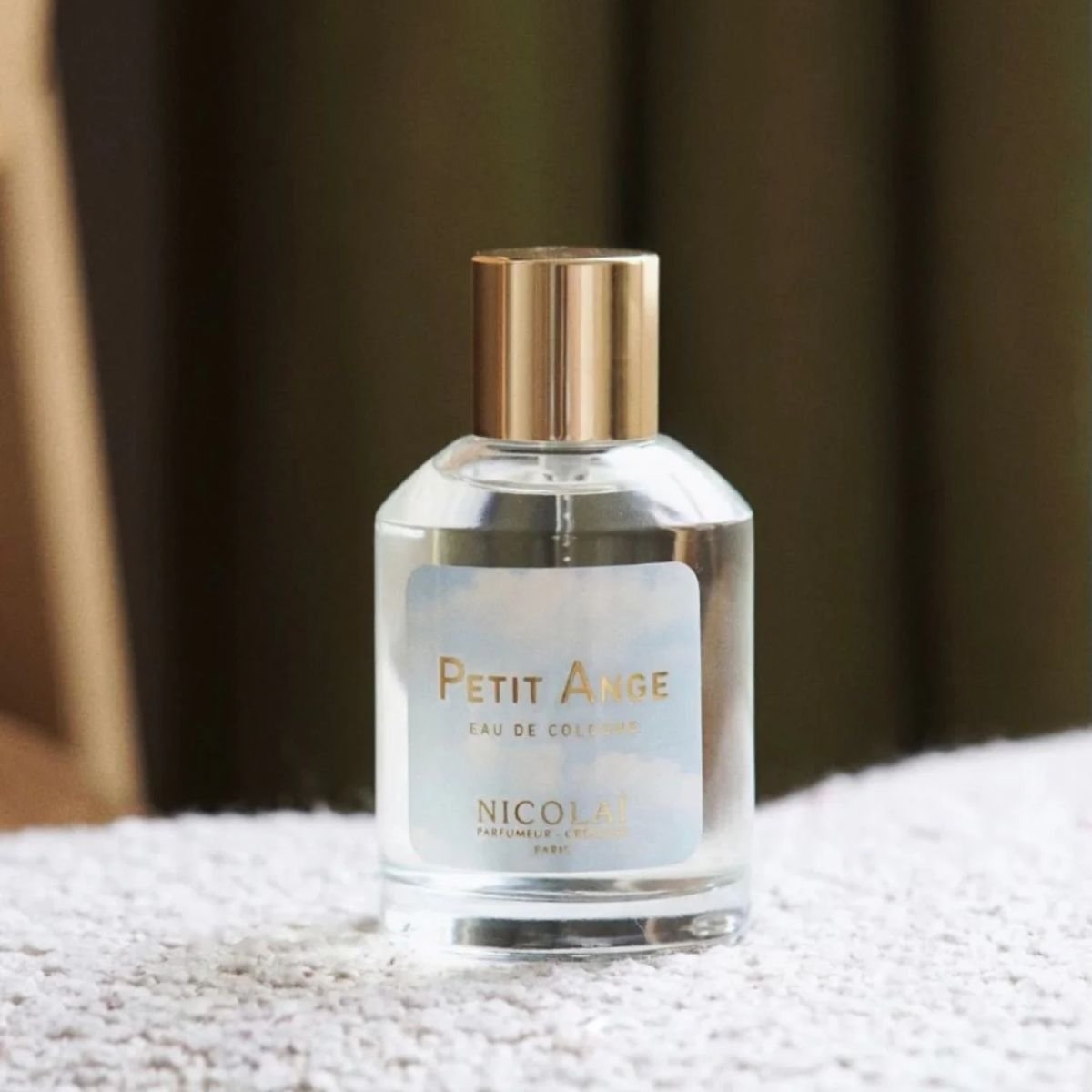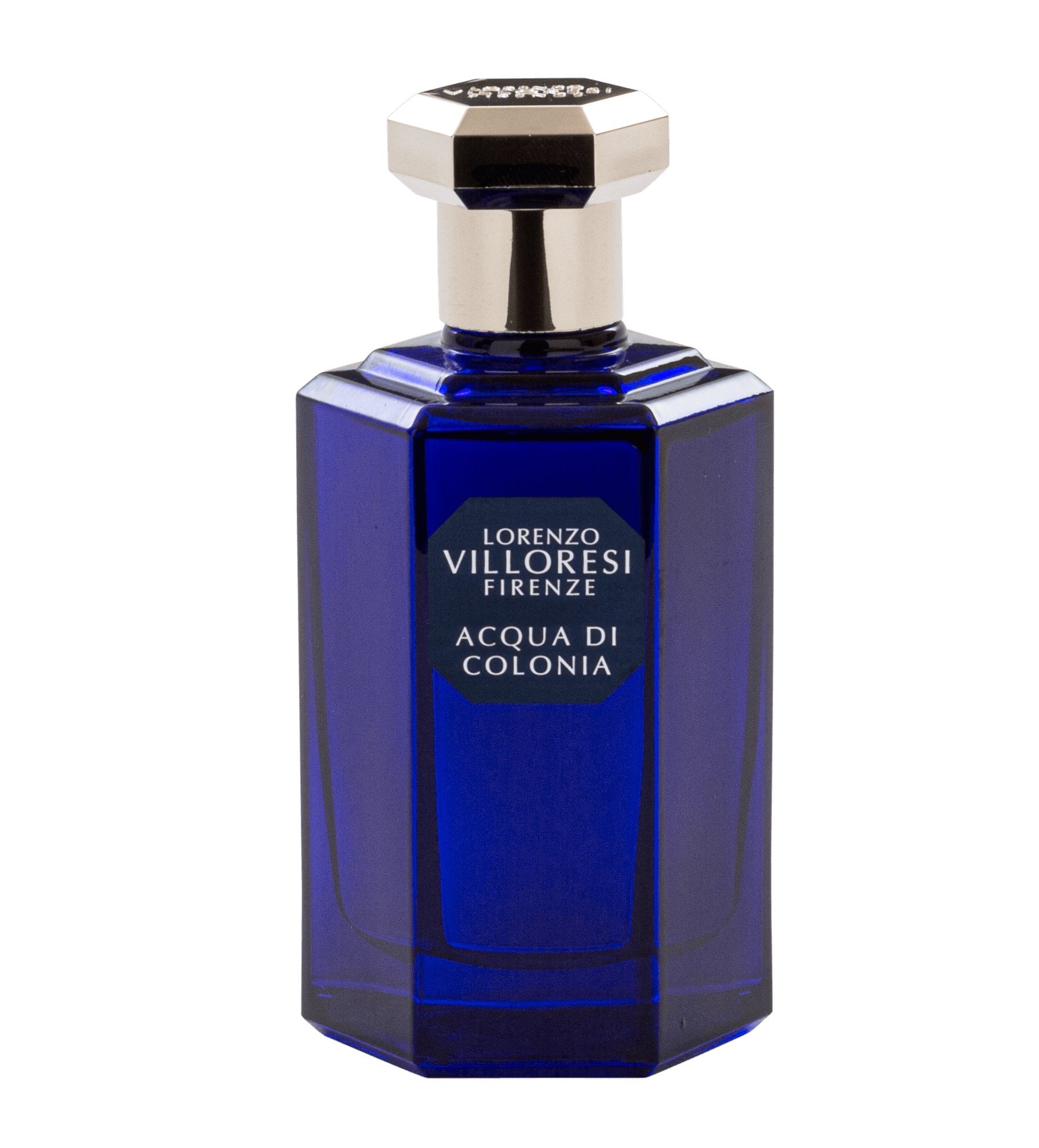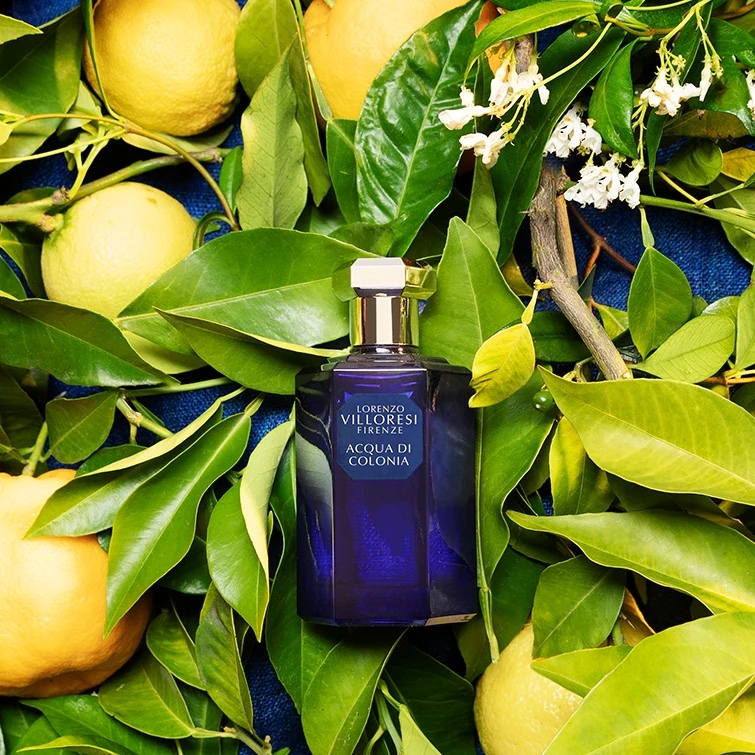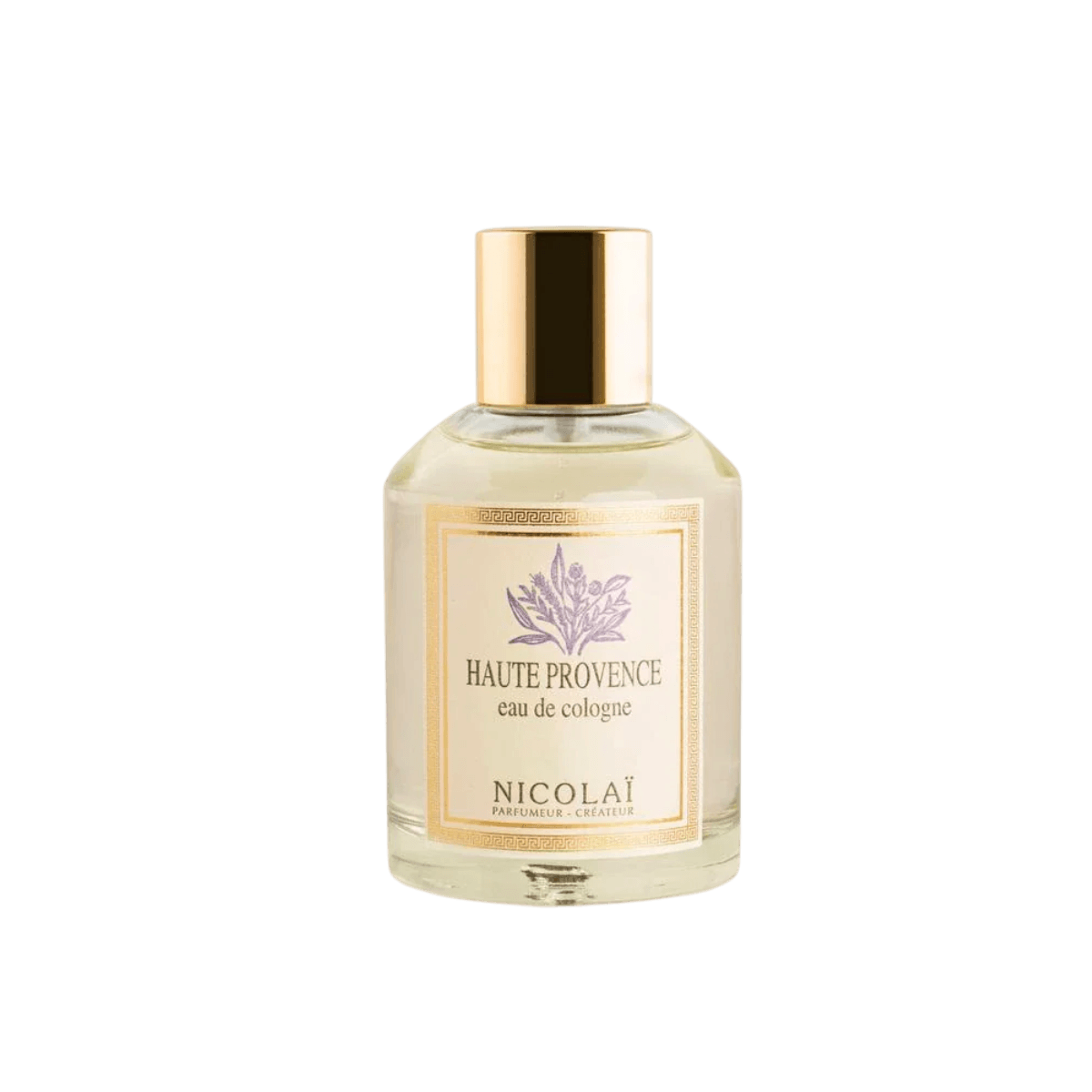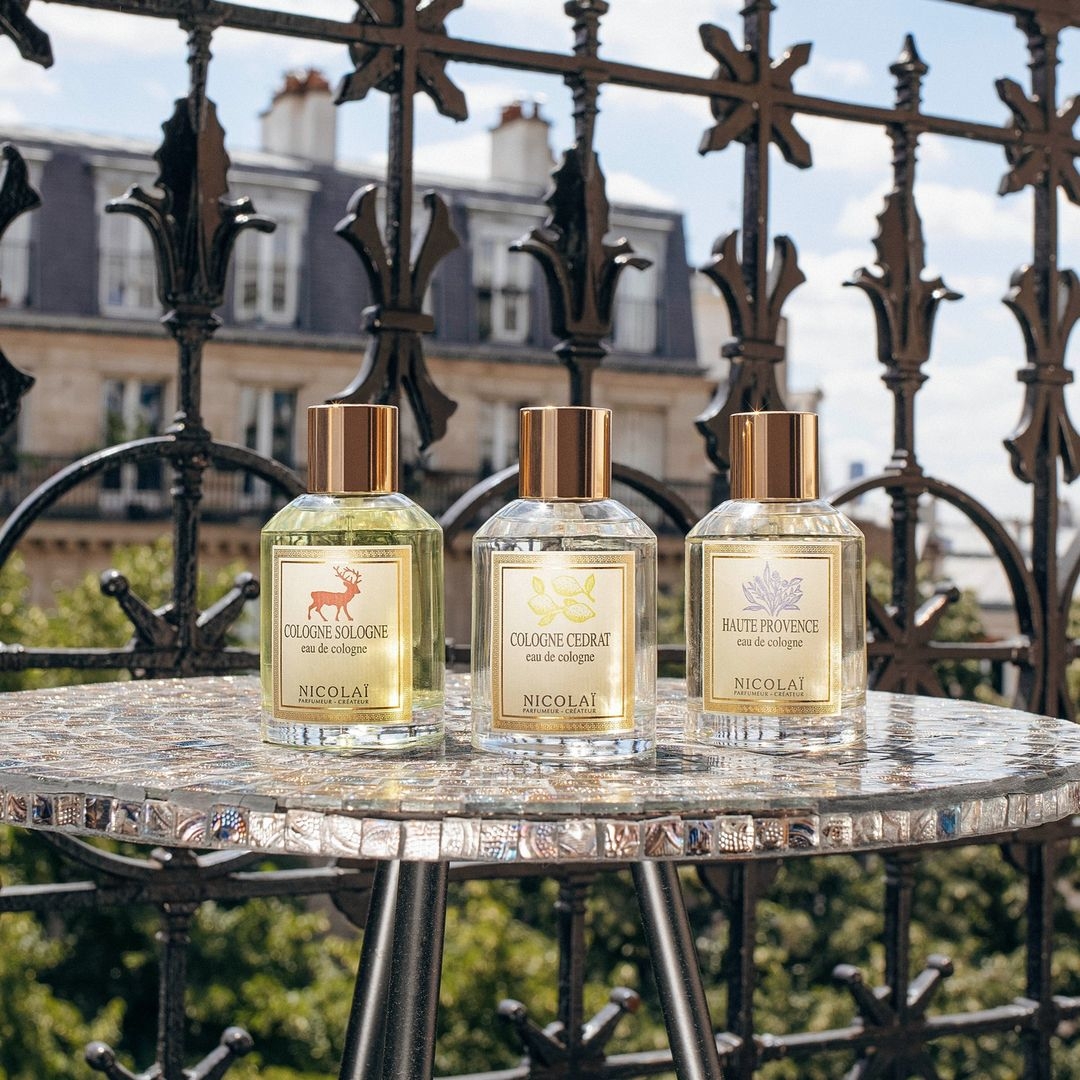

Eau de Cologne: A fragrant journey through time
At Perfume Lounge, we love to dive into the stories behind iconic fragrances — and few have a legacy as rich and refreshing as Eau de Cologne.
How it all began
In the heart of Cologne, Germany, a scent was born that would go on to enchant generations. It all began in 1709, when Italian perfumer Giovanni Maria Farina introduced a fragrance inspired by his homeland. He described it as capturing the essence of an Italian spring morning: the scent of mountain daffodils, orange blossoms, and fresh rain. To honor his new city, he named it Eau de Cologne: "water from Cologne".
Farina’s creation was nothing short of revolutionary. With its sparkling blend of citrus notes and alcohol, it stood out for its clarity, freshness, and consistency: a true marvel at the time. The fragrance quickly became the favorite of European royalty, earning the nickname "aqua mirabilis", or “miracle water.” It was so sought-after that a single bottle reportedly cost half a civil servant’s yearly salary.
As Cologne became a free trade city in the late 18th century, Farina's success sparked a wave of imitators. Many tried to replicate his formula, but his original creation remained unmatched — still secret, still produced in the same city, at the same historic location opposite the Jülichplatz. His shop, which opened in 1709 on Obenmarspforten, is now recognized as the world’s oldest functioning fragrance factory.
The iconic 4711
No history of Cologne’s perfume heritage would be complete without mentioning 4711 — another legendary scent born in the same city. Developed by Wilhelm Mülhens and first produced around 1799, it takes its name from its original address on Glockengasse No. 4711. Over two centuries later, this fragrance still captivates, and since 2006 it has been owned by Mäurer & Wirtz, who have grown it into a full brand. Even Napoleon was a devoted fan — and a heavy user — of Eau de Cologne.
Together, Farina’s Eau de Cologne and 4711 represent more than just iconic scents. They are living symbols of craftsmanship, history, and the timeless charm of a well-made perfume. Whether you’re discovering Eau de Cologne for the first time or revisiting a long-time favorite, the story is as rich and compelling as the fragrance itself.


Colognes today
With its refreshing, aromatic ingredients and light concentration (between 2-5%), Eau de Cologne offers an invigorating burst of freshness, perfect for a quick pick-me-up.
Even in today’s modern world, Eau de Cologne remains beloved, especially in Southern European countries like Italy and Spain, where sunny citrus scents are still part of everyday life. Niche perfume houses such as Atelier Cologne and Acqua di Parma carry on the spirit of this timeless style. Tom Ford’s Neroli Portofino is another luxurious tribute to the genre. The Cologne-style perfumes by the modern niche houses usually have a higher perfume oil concentration, and last longer than the original Eau de Colognes.
At Perfume Lounge, you’ll find beautiful interpretations from Nicolaï and Lorenzo Villoresi: a testament to the enduring elegance of Eau de Cologne.
